How to make the output of a ring oscillator look more like a rectangular wave?
I have designed a differential ring oscillator whose output takes the following form:
The output of a ring oscillator should be in a rectangular shape. But the output of my ring oscillator resembles no rectangular shape. How can I correct this problem?
My design is a three-stage ring oscillator:
Each stage is a differential inverter:
I have tried the following tactics to make the output waveform looks more like a rectangular wave:
- Reducing the output capacitor
- increasing the source current in the differential inverters
- Increase the width of the transistors in the differential inverters
But all the above methods cannot yield the rectangular waveform. What other techniques I can use?
Thanks a lot.




